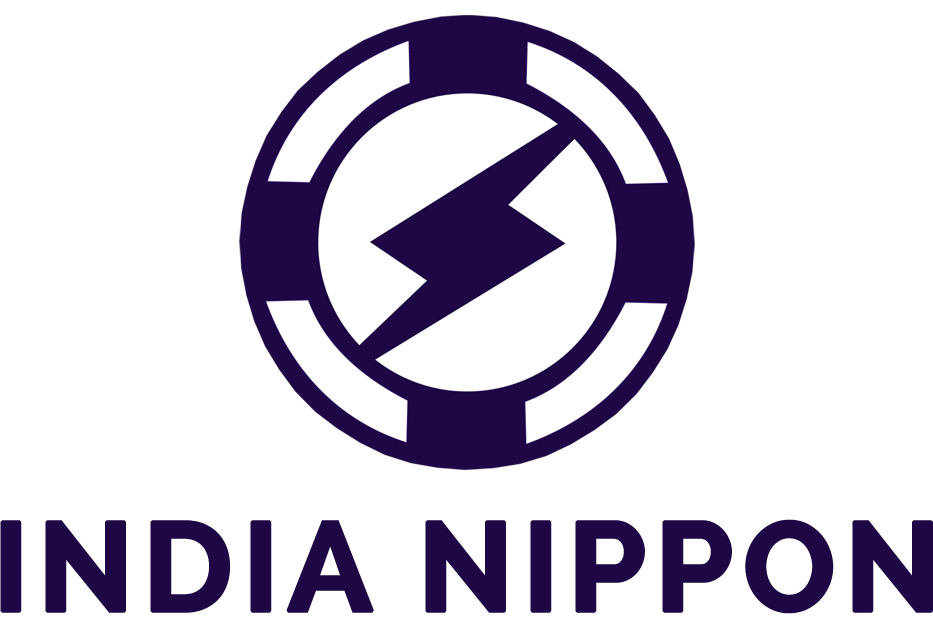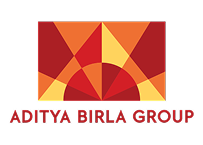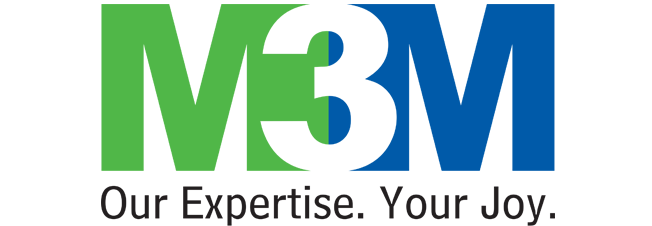Procol • August 26, 2025
Procurement contract management: Challenges, benefits, and best practices
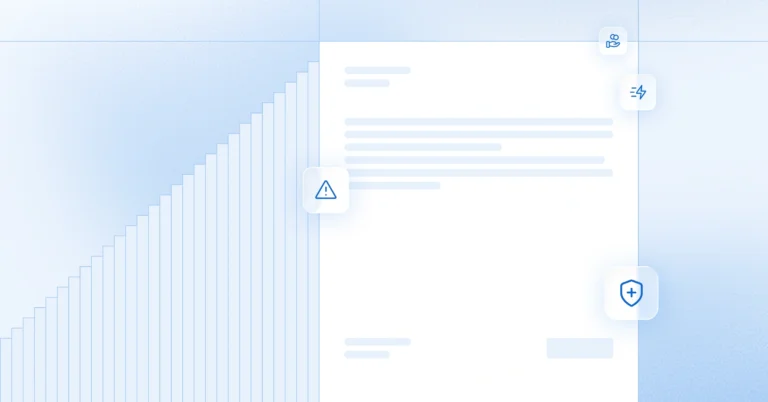
Contracts are the backbone of any good and successful business deal. In the procurement industry, these contracts play a crucial role in initiating the negotiation process. Procurement contract management keeps business deals clear, fair, and efficient. It covers everything from drafting rough contracts to tracking supplier performance and helps companies make the most of every opportunity. This blog will take you through why it matters, the various stages in this process, challenges faced, best practices that help you maintain good contracts, and how tools like Procol help your business thrive.
What is procurement contract management?
Procurement contract management is the process of managing or overseeing contracts with suppliers and vendors that are related to the procurement process and purchases throughout the entire lifecycle. This process starts from the initial negotiation of terms to the completion of the partnership, and renewal of the contract. It includes drafting agreements, negotiating terms, and regularly checking that suppliers meet deadlines and stay compliant with the finalized contract conditions. Effective procurement contract lifecycle management is important as it reduces risks, helps businesses spend money wisely, and enables stronger relationships with suppliers.
The importance of procurement contract management
In today’s fast-paced and competitive procurement industry, procurement contract management plays a vital role. It’s a legally binding contract that helps businesses control costs, removing risks, improving supplier management, and achieving their goals through a strategic plan for vendor relationships and transactions. It’s not easy to keep everything under wraps when you’re dealing with bulk orders, so a strong contract makes sure that every agreement is clear, fair, and followed properly.
Also, since a large part of business spending goes through procurement, poorly managed contracts can lead to delays, legal trouble, or lost money.
A well-implemented procurement contract management system helps teams keep track of deadlines, prices, and industry rules. Additionally, it improves communication and teamwork within departments like procurement, legal, and finance. And now, with digital tools like procurement contract management software to take on the burden, companies can manage their contracts much better, avoid any mistakes or delays, and stay within regulations.
So, to keep yourself from getting lost in a sea of business, follow procurement contract management best practices, build relationships that count, and make smarter choices. In the end, managing the procurement contract management cycle is in your best interest, as you get maximum value and keep your company flourishing.
Key stages of the procurement contract management process
The procurement contract management process may seem complicated, but it really isn’t when you have the right guide to tell you the exact steps involved. How it works is simple: a company recognizes its needs, drafts a rough example of what a contract would look like, negotiates with the right teams, and finally, launches the contract. Every stage plays an important role in protecting business interests, maintaining supplier relationships, and making sure of compliance with agreed-upon terms. Here’s a further explanation of the key stages.
Stage 1: Initiating the contract
This stage is also known as the pre-award stage. This is when a company realizes they have growing needs through market research. At this stage, teams decide what to buy, why it’s needed, and what success looks like.
These are key activities like:
- Assessing company requirements.
- Mapping out procurement and contract management goals.
- Identifying internal stakeholders.
- Making a list of potential vendors.
This step is the first of six and sets a strong base for a contract that fits business goals and helps teams work well together. It’s the most important stage to make sure the agreed contract is the best for both parties.
Stage 2: Drafting your ideal contract
After the need is clear, the team creates the first draft. This draft has details like the amount of work to be done, the deadlines for that work, price lists, and payment terms.
The best practices for this include:
- Using standard templates to avoid errors.
- Having discussions with legal teams from the beginning.
- Taking the inputs of every department.
Following procurement contract management best practices here helps avoid confusion and delays.
Stage 3: Negotiation and approval
Before both parties sign the agreement, it needs to be reviewed by everyone, and if any party has any doubts, they should be discussed. The goal is to reach a fair deal that works for everyone.
The steps for executing this in the best way are:
- Reviewing all the contract clauses.
- Getting feedback from the various stakeholders.
- Tracking versions to avoid confusion.
This part ensures the contract is clear and complete before moving forward. It strengthens the procurement contract management system by adding control and clarity.
Stage 4: Executing the contract
Once the contract has the green light from both departments, it’s time to sign it. Signing the document can take place digitally or in person. The digital way is usually more convenient.
This step includes:
- Collecting signatures from authorized people.
- Storing the contract safely.
- Informing teams of start dates and tasks.
After this stage, the contract becomes official and legally binding. This marks a major point in the procurement contract lifecycle management.
Stage 5: Monitoring how the contract performs
After signing, both sides must meet the terms. This step tracks progress and solves issues before they become even bigger. And if this is done on time, it means that the process is efficient and the contract is benefiting both sides.
The main actions that this step involves are:
- Checking delivery timelines and service quality.
- Making sure all communication with suppliers is honest and done on time.
- Updating contracts when needed.
Strong monitoring helps keep the contract on track. Here, companies can use procurement contract management software to help them in this process, as it makes things more accurate and saves time.
Stage 6: Renewal or closure
When a contract ends, teams must decide what’s next. This stage involves deciding if they should renew the contract, update certain terms, or close it completely.
The steps taken here are:
- Reviewing performance and results.
- Planning renewals early to avoid delays.
- Renegotiating or closing contracts as needed.
This last stage in the procurement contract management cycle helps avoid service gaps and gives room for better deals in the future.
What are the different types of procurement contracts?
In procurement contract management, it’s important to choose the right type of contract. This is because contracts help buyers and sellers agree on how they’ll work together, manage any risks that may come up, and set expectations without any secrecy. There are three main types of procurement contracts that businesses use; here they are explained.
1. Fixed-price contracts
A fixed-price contract means the buyer agrees to pay a set and standard price for goods or services that the vendor offers. And throughout the time of the contract, this price stays the same, even if the costs increase for the seller. This type of contract is good for businesses that want to stay within their budget and not have the stress of spending more money when market costs go up. Additionally, these contracts work well for buying standard products or services. This contract is further broken down into three parts, which are:
- Firm fixed price: a simple, agreed price that doesn’t change, no matter what.
- Fixed price with incentive: where the vendor can earn a bonus apart from the fixed price if they give the best quality products on time.
- Fixed price with economic adjustment: where prices are a little more flexible and can change if costs rise unexpectedly to prevent loss for the vendor.

2. Cost-reimbursable contracts
In cost-reimbursable contracts, the buyer pays the actual costs that the seller incurs from their own pocket to complete all the work. This means that the buyer takes on the additional labor costs, you could say. And on top of that, the vendor usually gets a fee or profit. These contracts are good for situations where the total cost cannot really be determined upfront, in the case of custom projects or market research. It’s pretty risky for the buyer because they cover the costs.
3. Time and materials contracts
This type of contract is a bit more specific compared to others. Here, the buyer incurs the costs of the actual hours worked and the materials used. This contract is common in projects where the amount of work can change or is not made very clear at the start, like software development. This way, the buyer has control over the work while the seller gets paid for all the work and effort they put in and the resources they spent on doing the project. It’s a profit for both parties.
Challenges in procurement contract management and how to solve them
Procurement contract management has many challenges that can slow down the procurement process. Some common challenges in contract management for the procurement industry include limited visibility and tracking of documents, error-prone manual processes, difficulty ensuring compliance and managing risk, miscommunication and poor relationships with suppliers, inaccurate data, and slow contract creation and approval times.
1. Hard to find contracts
Contracts are scattered everywhere across many different channels. Searching through emails, drives, or papers wastes time and causes confusion.
Solution:
Keep all of your contracts in one easy-to-search place that everyone can access. This makes sure everyone knows where all the important documents are.
2. Too many contract edits
Vendors and legal teams keep changing the same contract again and again.
Solution:
Use standard contract templates to cut down on changes and mistakes.
3. Teams can’t see contracts
Only a few teams have contract access. Others are left out. This also leads to gaps in communication, and so, teams are unable to work together.
Solution:
Share contracts with the right people so everyone stays informed.
4. Missed important dates
Renewals or deadlines get missed and cause problems both internally and with external parties.
Solution:
With the help of a procurement contract management system, you can set up alerts to remind you before key dates arrive.
5. No one is responsible for their own tasks
It’s definitely an issue when there’s no fixed person to track deadlines or deliverables.
Solution:
Assign someone to manage each contract and send reminders across the board. This reduces confusion and keeps the point of contact to one person.
6. No tracking of supplier performance
You don’t know if vendors are doing their job well. And without a system in place to track this, you’re basically in the dark.
Solution:
Set goals and regularly check if suppliers meet them.
7. Costs or work keep changing
Extra work or fees happen without approval.
Solution:
Require formal approval before any changes are made.
8. No backup plans
The contracts don’t mention if there are any steps in place to tackle issues if things go wrong.
Solution:
Add clear fallback options in contracts to handle problems.
The main objectives of a procurement contract management strategy
A strong contract management strategy in procurement ensures that all activities are carried out within budget, costs are controlled, improves vendor performance and communication, and minimizes risks as much as possible. However, before the procurement contract management process starts, businesses should prioritize clear goals and responsibilities.
An effective procurement and contract management strategy usually has these factors:
- Contract lifecycle planning.
- Cost-control factors.
- Clear and defined roles that let all teams know their part.
- Standardized contract formats.
- Strong risk assessment and mitigation steps.
- Performance tracking through KPIs.
- Quick and honest communication with vendors.
- Compliance with legal and business policies.
- Organized record-keeping for all contract changes.
It’s easier for the procurement contract management cycle to be more efficient when contracts are organized and detailed, and the expectations are very clearly defined. This is important as teams can avoid unnecessary issues that may slow them down, like contract breaches. One of the main goals of sourcing contract management is to make sure deliveries are done on time and are of the highest quality.
It’s also important to maintain strong relationships with suppliers. Businesses can do this by checking in regularly, keeping communication as open as possible, and giving timely feedback. This makes sure that everyone is aligned toward long-term goals.
As a business, you not only need to make sure that your procurement contract fits your goals and doesn’t interrupt your workflow, but you also need to look at the bigger picture and assess whether it’s helping you allocate resources better and gain more profit.
What are the key benefits of procurement contracts?
Procurement contract management helps businesses save money by stating agreeable terms and discounts. Procurement contracts also help reduce any miscommunication between parties by clearly defining responsibilities and setting expectations. They make processes more efficient, ensure quality with set standards, and build stronger supplier relationships based on trust. This makes everyone accountable for what they owe, and gives businesses a better advantage.
1. Spend your money wisely and control costs
Procurement contracts help businesses save money by fixing prices and setting a standard pricing structure. This makes both the business and the vendor aware of how the costs will be managed and ensures there are no surprises later on. They make sure buyers get good deals and avoid paying more than expected.
2. Reduce risks and stay problem-free
Contracts don’t beat around the bush and overexplain terms. They clearly and briefly state what both buyer and supplier must do. Naturally, when both parties are aware of their roles, they can focus on fulfilling those and work better together. It also reduces any mistakes, miscommunication, and legal trouble.
3. Make procurement faster and easier
Contracts cut to the chase. They explain very clearly what everyone has to do, and so, buying goods and services becomes much faster, as no one is confused about what their job is. Teams know what to expect and can avoid delays or confusion.
4. Supplier relationships become more profitable
Making a profit doesn’t only mean gaining good revenue out of a deal. It also means building lasting relationships and partnerships you can trust and come back to in the future. Contracts set clear expectations, which helps both sides work better together.
5. Stay updated on deals with the press of a button
Using contract management tools like Procol, businesses can view and edit their contracts, track deadlines, and renew or update any terms. Contract management software also sends timely alerts so that companies don’t miss dates.
6. Have better control over your deals
Contracts give managers all the information they need about price changes, delivery dates, and vendor performance. This makes sure that managers know exactly how their deals are faring and the changes they need to make to ensure everything keeps going well.
8 best practices in procurement contract management that lead to success
So, you’ve got procurement contract management down to the last detail, right? But how do you ensure it stays efficient and profitable? Start by setting goals and creating a sustainable strategy, centralize your contracts so they’re easier to manage for risks, automate workflows to save your team time, and keep communication with suppliers open and honest.
1. Align legal and procurement teams
Your legal and procurement teams should work together from the start. Legal focuses on risk and compliance, while procurement focuses on cost and supplier performance. Therefore, this team effort helps create contracts that meet all business needs.
2. The earlier you engage your team, the better
It’s best if you include contract admins and key team members early in the process. This defines clear roles and responsibilities for them and helps avoid confusion and ensure everyone understands contract terms and risks.
3. Standardize and digitize contracts
Use standard contract templates and an optimized digital system to store contracts. This is an important and completely unmissable stage as it keeps documents organized, easy to find, and under version control, so your contracts can actually add value.
4. Monitor contract performance regularly
The procurement contract management cycle is ongoing. To make sure it’s really having an effect, track delivery times, quality, compliance, and costs. You should always check and audit your contracts regularly so you can catch issues early and fix problems or renegotiate terms.
5. Manage risks proactively
Find any risks or issues immediately and use them to renegotiate on better terms. Remember, this is for your benefit. Also, prepare backup plans to protect your organization if things go wrong.
6. Use data to improve
You can use team feedback, performance analytics, and reviews to find out how your contract is doing. Collect data on contract terms and supplier performance. Analyze this to find ways to improve your contract process continuously.
7. Train your teams
Provide ongoing training so teams know the latest best practices and compliance rules. Well-trained teams work more efficiently and reduce mistakes.
8. Keep detailed records
Maintain clear and complete records of contracts, approvals, and changes. When your records are organized, it makes auditing easier. Plus, you’d be able to solve disputes much faster and stay within compliance rules.
How to measure the effectiveness of procurement contract management?
After everything is said and done, you need to know if your procurement contract management actually has the effect it should. To do this, you need to track the right things. Measuring success helps you see what’s going well, fix problems early, and improve how contracts are handled in the future.
1. Keep a check on contract compliance rates
Make sure suppliers follow all contract terms, deadlines, and service levels. A high level of compliance shows that the contract management process in procurement is being followed correctly and reduces risk.
2. Speed up the contract lifecycle
Look at how much time it takes to move from drafting the contract to signing and closing it. If the procure-to-pay cycle is short, it means it’s efficient. If it’s long and time-consuming, then some changes need to be made. Short cycles make way for faster business decisions.
3. Keep supplier performance in check
Regularly check if suppliers meet expectations. Whether it’s delivery times, product quality, or overall service levels, you should monitor everything to make sure it’s satisfactory for you. This helps improve procurement and contract management partnerships.
4. Show real cost savings
Use real numbers to show how profitable your contracts are. This means looking at how much you’ve saved, if you’ve been offered any notable discounts, or how many penalties have been avoided. These factors show how well your procurement contract management system is working.
5. Gather your team’s feedback often
What your team has to say is the most important. Collect feedback from internal teams, buyers, and suppliers. High satisfaction levels are the best indicator that the procurement contract management cycle is running smoothly and meeting everyone’s needs.
6. Identify and control risk early
You shouldn’t let even the most minor problems slip through, as that can cost you later on. Keep track of delays, disputes, and potential risks. If you have good control over the process, it shows that your procurement contract management best practices are effective.
7. Watch renewal and expiry trends
Track how many contracts are renewed on time. If the renewal rate is high, it means your supplier relationships are healthy and your procurement contract management strategy is active.
8. Power up with the right tools
Use reliable procurement contract management software to automate tracking, reduce errors, and keep contracts organized for better decision-making.
How Procol helps with procurement contract management
Managing procurement contracts isn’t a stressful task when you have the right solution. With Procol, all your contracts are kept in a central platform, so your team is always updated on the status of each contract. Our automated workflows take care of approvals, reminders, and document tracking, so the procurement process becomes more about getting the best deals instead of running after time-consuming tasks. We also offer customized templates and bulk uploads that make adding new contracts quick and easy.
Procol also makes bidding fair and transparent. Whether it’s RFQs, RFPs, or reverse auctions, your team only gets the best offers to compare, making sure your contracts are worth your time. Additionally, Procol.io makes large orders and detailed line items easy to manage, too. Plus, built-in checklists, audit trails, and compliance tracking keep everything in line with regulations and company policies. So, when you choose us, you have a solution that stands by you from start to finish, helping your team manage contracts smoothly and with full control.
Conclusion
If you’ve always thought that a contract is just an agreement on paper, hopefully, this blog has changed your mind. Good procurement contract management is far more than just a signed deal. In the long run, it helps businesses save time, reduce current and future risks, and gain maximum profit from every deal. And when you’ve got tools like Procol to help you stay organized and build strong relationships, your company is guaranteed to stay ready for growth in any circumstance.
Frequently asked questions
What are the objectives of contract management in procurement?
The objectives of contract management in procurement include:
1) Ensuring procured goods and services are delivered within the agreed timeframe.
2) Ensuring procured goods and services are sold at an agreed price.
3) Ensuring goods and services match the quality standards.
4) Mitigation of risks and maximizing value for the company.
5) To ensure cost control, improve supplier relationships.
6) To ensure a smooth run of transactions.
What is procurement contract management?
Procurement contract management is the process of handling contracts involved in procurement and purchasing. It manages the legal agreements made with customers, vendors, or partners to ensure smooth and compliant business relationships.
What does a procurement and contract manager do?
A contract manager in procurement handles and manages all contracts between the organization and its suppliers. They make sure all agreements are clear, followed properly, and meet the needs of both sides.
What are the seven steps of the procurement process?
The seven stages of procurement are:
-
- Need Identification
- Pre-Solicitation
- Solicitation Preparation
- Solicitation Process
- Evaluation Process
- Award Process
- Contract Process
What is CLM in procurement?
CLM in procurement stands for Contract Lifecycle Management.
What is the role of a contract manager in procurement?
A contract manager in procurement ensures that both parties agree to the terms and conditions of the contract, sees that they understand all the agreements, and makes sure the contract is followed correctly from the date of signing to the closing of the contract.
What are the four components of contract management?
The four main parts of contract management are contract creation and negotiation, initiation, monitoring compliance, and reviewing performance while maintaining good relationships with vendors.
Explore more from Procol
Discover expert tips, how-to guides, industry insights, and the latest procurement trends.
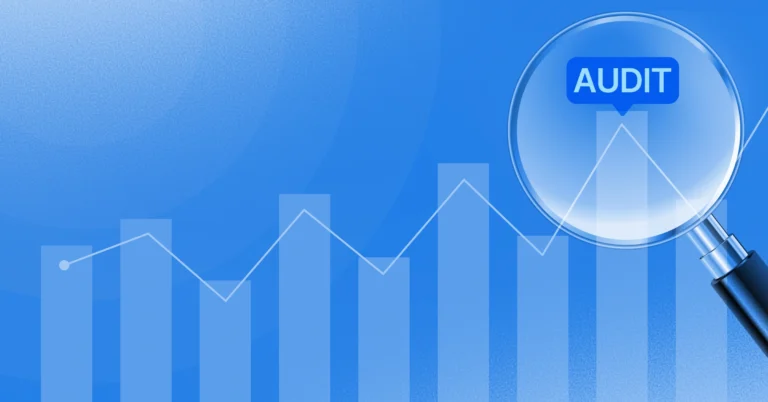
Guide to conduct successful procurement audit in 2025
If you get effective procurement right, you save money, stay compliant,...
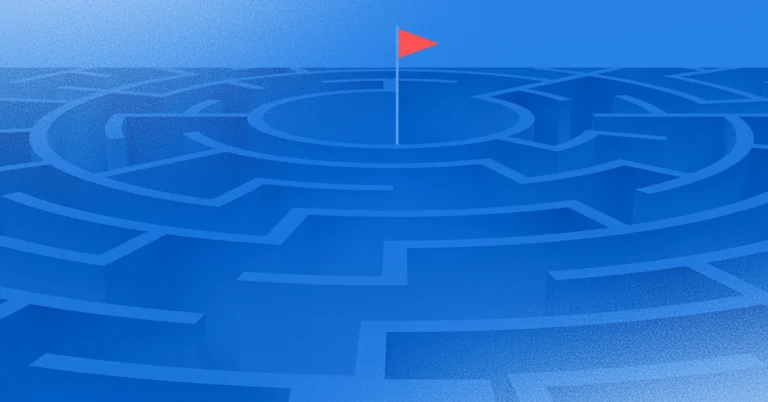
Procurement challenges: how to navigate them with solutions in 2025
Buying for a business requires research, planning, and good execution. It’s...
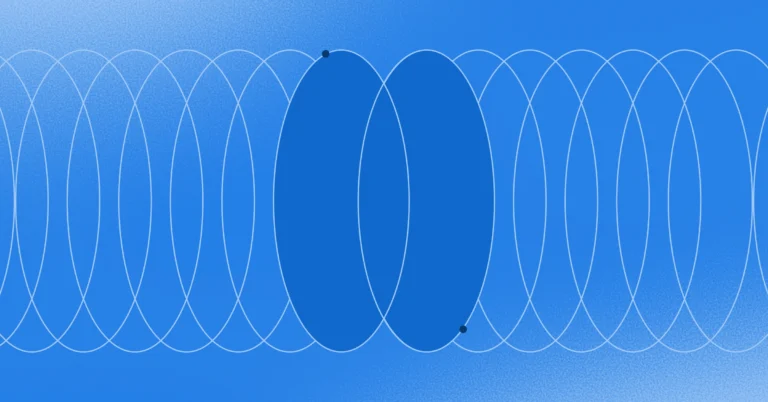
A complete guide to the integrated procurement system
Whether you’re a newly founded business or dealing with line items...
